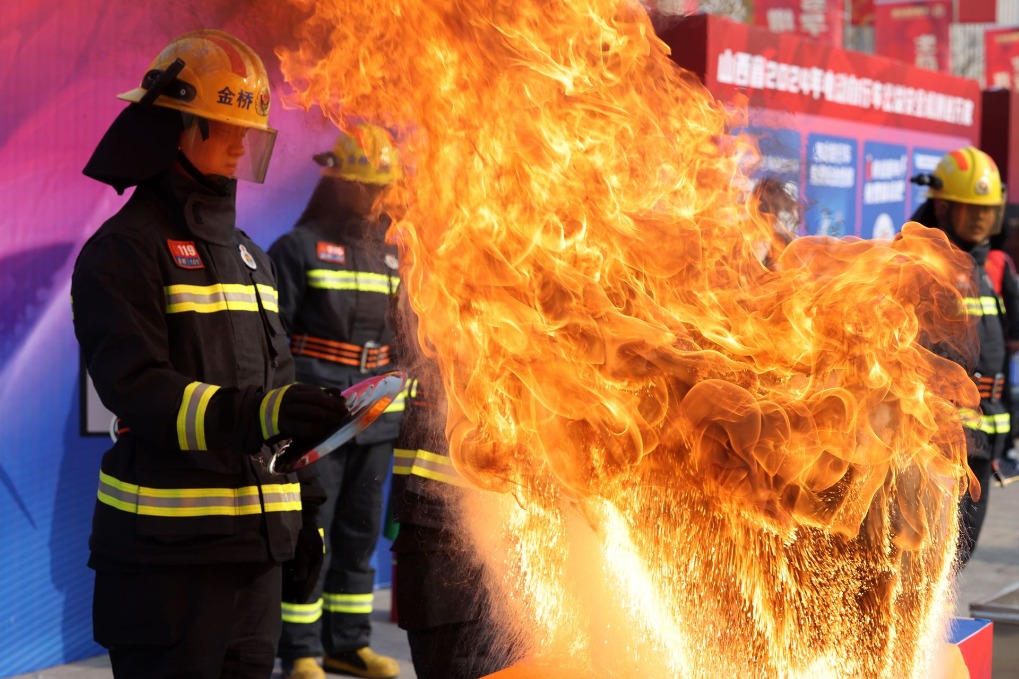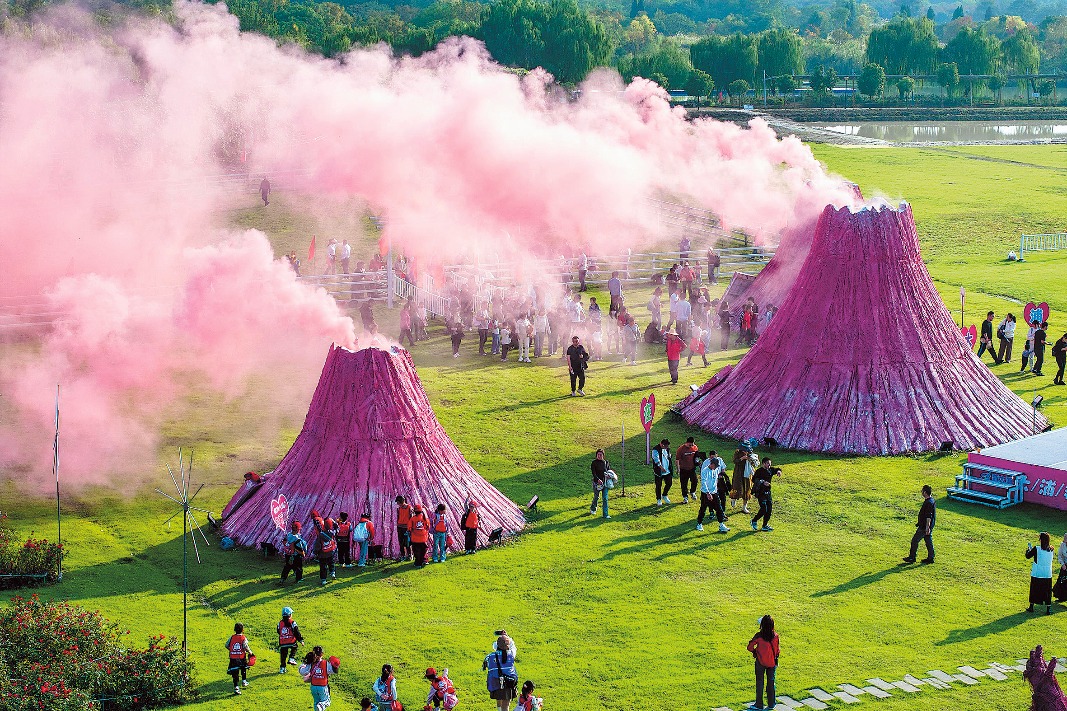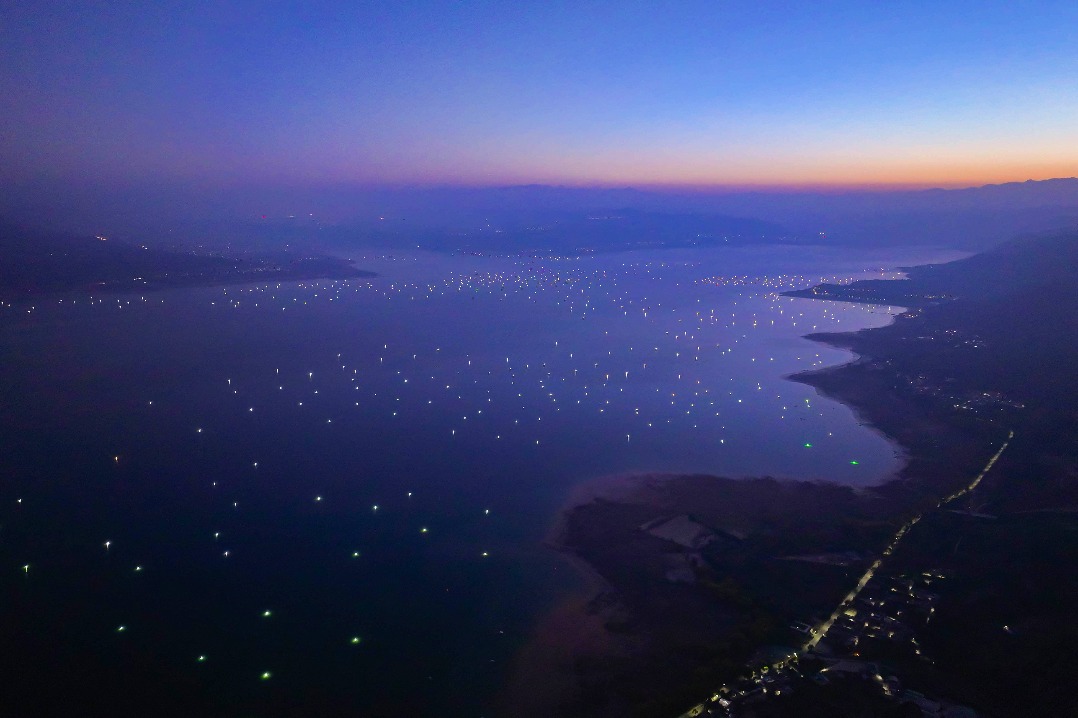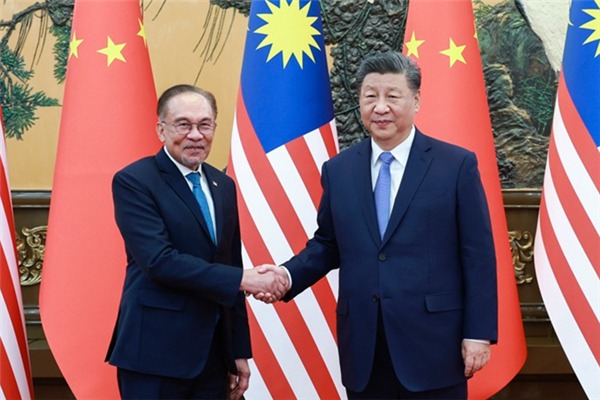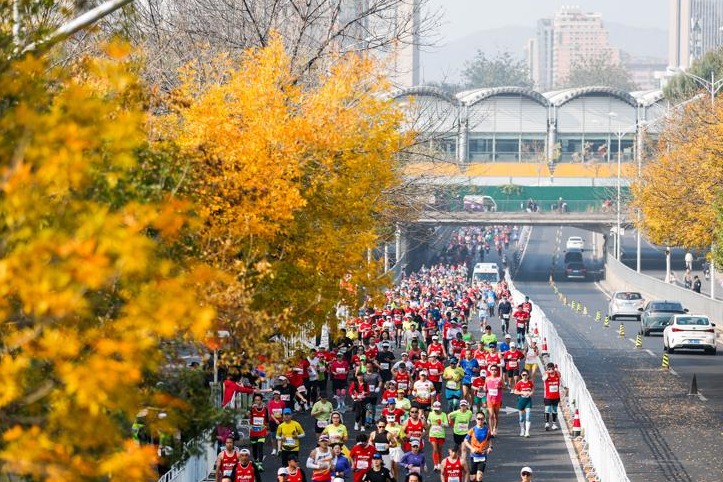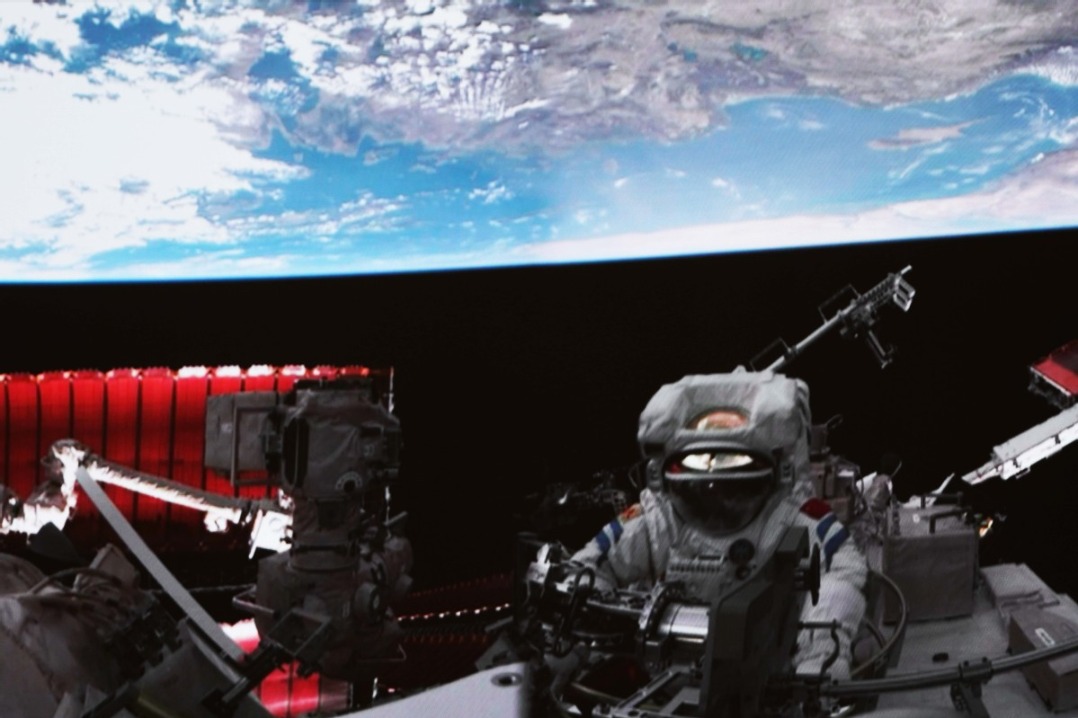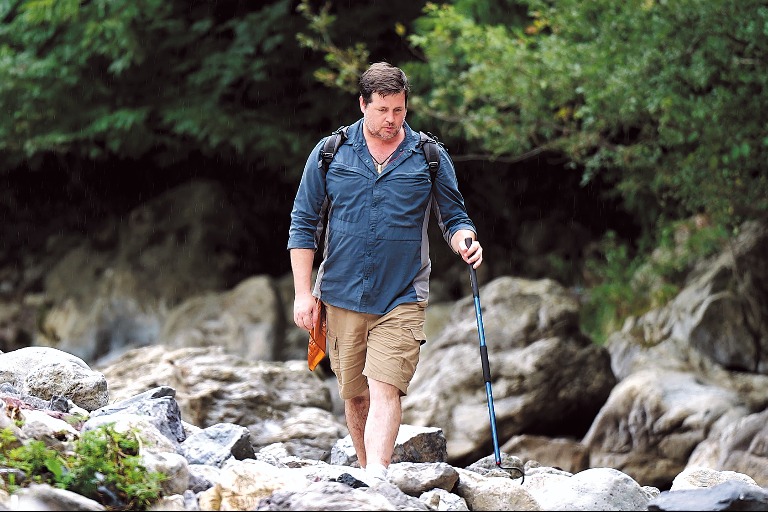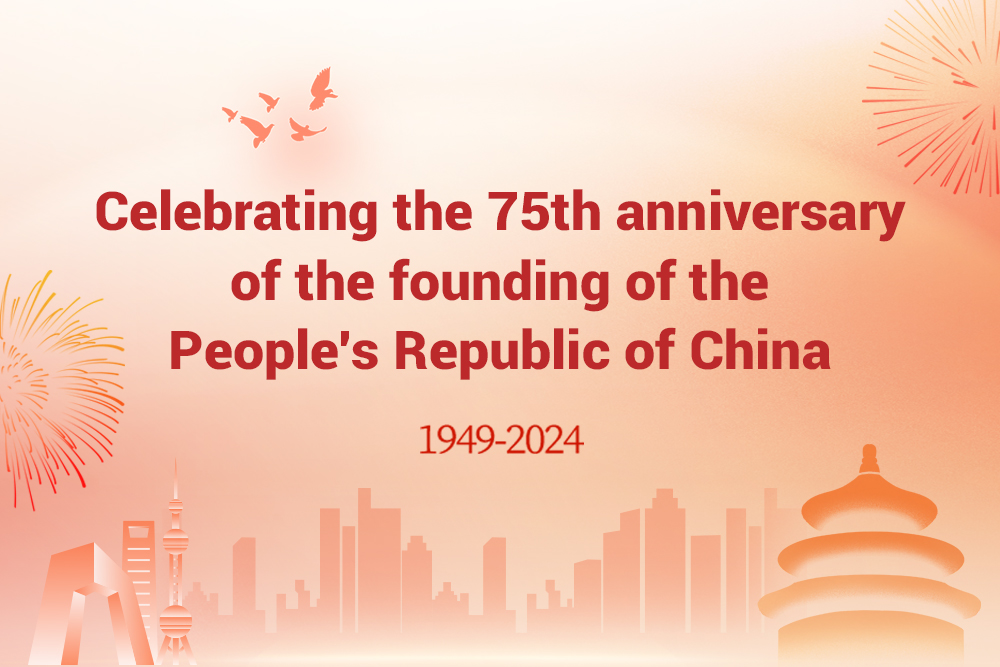Tongzhou to cure 'big city diseases'

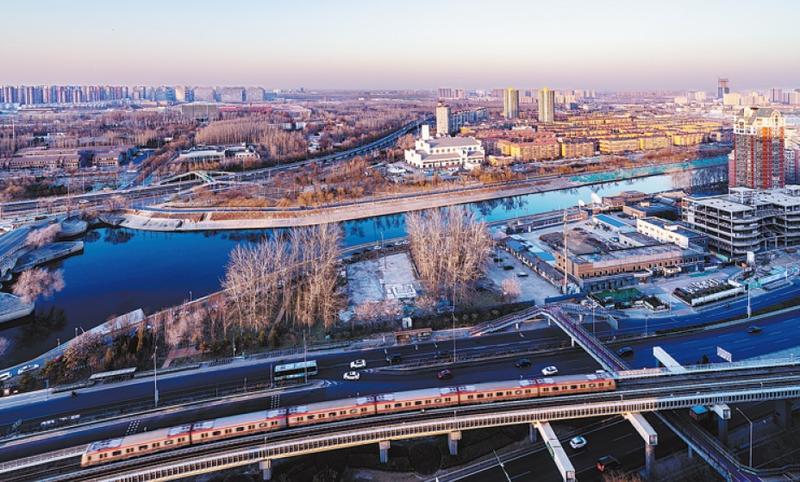
Beijing's Tongzhou district subcity center will pursue high-quality development in four major areas, including scientific technology and cultural tourism, to better serve the central government and contribute to neighboring parts of Hebei province.
Cong Liang, deputy head of the National Development and Reform Commission, told a news conference on Wednesday, that developing the Xiong'an New Area in Hebei and the sub-city center are two major strategic measures in the integrated development of the Beijing-Tianjin-Hebei region, which aims to find a new model for the growth of heavily populated areas, with improved space and a better economic structure.
"The target is to solve the big city diseases of the capital," he said.
Cui Shuqiang, Beijing's executive vice-mayor, told the news conference the sub-city center will focus on four major areas - scientific technology innovation, government administration, commerce service and cultural tourism.
"The sub-city center will accelerate the introduction of a series of major science and technology projects," he said. "The authorities will provide the same preferential policies as they have given to the Zhongguancun area."
Zhongguancun, in Beijing's Haidian district, has been dubbed China's Silicon Valley.
Together with the development of the commerce and tourism industries, the sub-city center will attract more talent and companies, which will help encourage more people to move there from downtown Beijing, Cui said.
The State Council, China's Cabinet, issued a guideline on Friday supporting the high-quality development of the sub-city center. It included a detailed road map showing how it will help Beijing solve its big city diseases and serve the central government better.
The guideline stressed the importance of technological innovation in the sub-city center, saying it will develop the digital economy and use technology to drive the growth of the intelligent manufacturing industry in nearby areas in Hebei.
The guideline said the sub-city center will also become a financial innovation center for the Beijing-Tianjin-Hebei area. The country will encourage more financial institutions to set up offices there, especially international and private ones.
It said all municipal-level Party and government institutions will move to the sub-city center by 2025.
By 2035, construction of a modern sub-city center will be completed, enabling high-quality development of surrounding areas.
To date, 15,000 government officials and employees of Beijing municipal-level Party and government institutions have moved to the sub-city center. In the next two years, another 30,000 government officials and employees will move to the area, Cui said.
They will boost commerce and consumption in the area and prompt the construction of more public facilities such as libraries, sports stadiums and parks, he added.
The sub-city center will also strengthen the development of cultural tourism.
Cui said the Universal Studios Beijing theme park will have a huge positive effect on the sub-city center and nearby counties in Hebei in terms of employment and the travel industry.
Ye Yumin, head of Renmin University of China's department of urban planning and management, said, "The guideline has given a clear path for the sub-city center's future development, which will accelerate the process of Beijing relocating noncapital functions out of the downtown area."
The central government says downtown Beijing's major function will be to serve as the country's political, cultural, international communication and scientific technology center.

















